Like the apricot season, the situations for peaches and nectarines are very contrasted due to highly variable yields depending on the location (weather events) and the production route chosen. The French production, much like in neighboring countries, has had a low production level in peaches and nectarines.
The season has been characterized by a small harvest in Europe and in France, and a relative precocity. Sales took place in an “unstable” commercial context, and some basic trends were confirmed this year.
 A particularly low European offer
A particularly low European offer
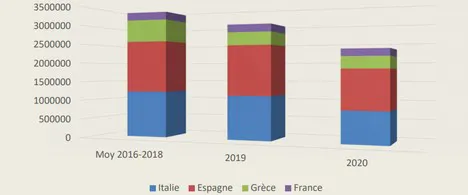 Source: Europêch and Agreste
Source: Europêch and Agreste
In France, the harvest was impacted by frost episodes in Rhône-Alpes and Northern Provence, and by the effects of the rains in May in Roussillon.
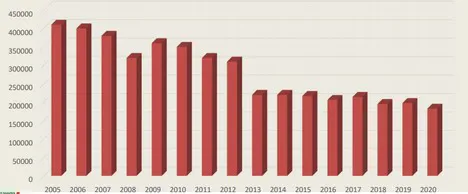 Evolution of the French peach and nectarine production in 15 years
Evolution of the French peach and nectarine production in 15 years
Source: Europêch and Agreste
The peach and nectarine harvest was in line with the predictions (-10% vs 2019), but very early.
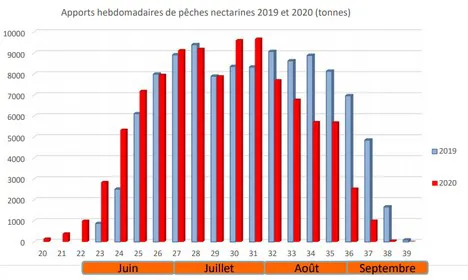 Evolution of the weekly peach and nectarine inputs 2019 and 2020
Evolution of the weekly peach and nectarine inputs 2019 and 2020
The commercial context has been disrupted by Covid-19 throughout and at the end of the lockdown.
The sector is evolving at the level of the orchards and production methods, as well as in terms of trade. We observe a renewal rate of 7 to 8%. The plantations help maintain the production potential (200,000 tons). Additionally, we note an evolution of the HEV and Eco-responsible Orchards specifications and a reduction of inputs. Finally, there is a need to refine the choice of varieties: calendar according to colors; breakthrough of the flat and blood nectarines.
Promotional actions are also taken at the retail level. Overall, the preference for French products has been confirmed. Additionally, many consumers attribute a higher value to nectarines rather than round peaches. We note some competition from the Spanish flat peaches.
The peach and nectarine market is full of contrasts and difficult to follow. Prices are high and there is a need to rationalise the choice of varieties planted. The identification work continues, with a fine balance between offer and demand.
Evolution of the weekly stocks of peaches and nectarines 2019 and 2020
Prices have been high for much of the season.
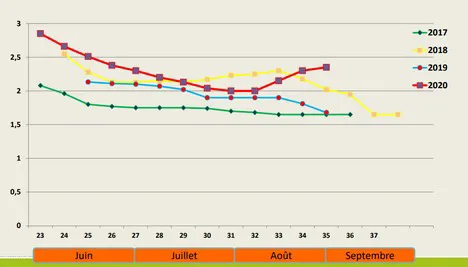 Shipping prices yellow nectarines Cal. A, Cat. I
Shipping prices yellow nectarines Cal. A, Cat. I
Conclusion
In terms of production, in a European context of deficit, the French harvest was relatively spared. There was an average deficit of 10% compared to 2019, with very strong regional disparities. Storage problems and losses linked to the spring weather were observed, as well as labor problems which were resolved quite well.
Regarding the market, the calendar was very early in an unstable commercial context. The market was difficult to grasp, with strong tensions at the beginning of July, even if priority was given to the French origin overall in supermarkets. The end of the season was marked by a shortage of supply.
This year, the economic outcome has been extremely contrasted. The sanitary pressure and the low yields caused producers to lose the benefits of this atypical year. In the future, it will be necessary to further improve the relationship between the French production and the market (varieties, calendar, promotional actions).
For more information: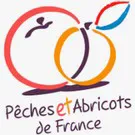
Raphaël Martinez
Pêches et Abricots de France
575 chemin du chai
30900 Nîmes
Phone: 04.66.84.12.12
r.martinez@ffl-occitanie.com
www.pechesetabricotsdefrance.fr
